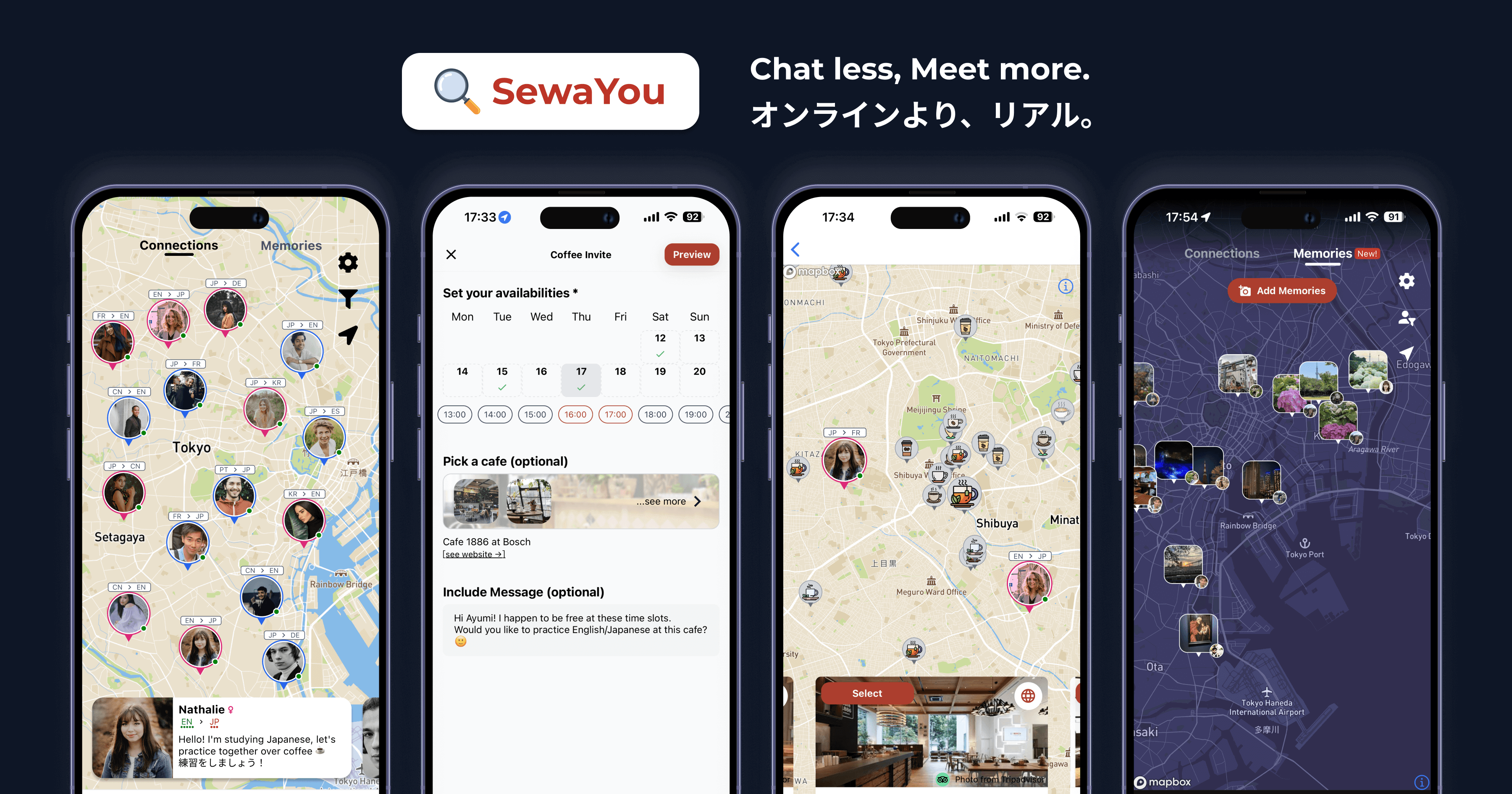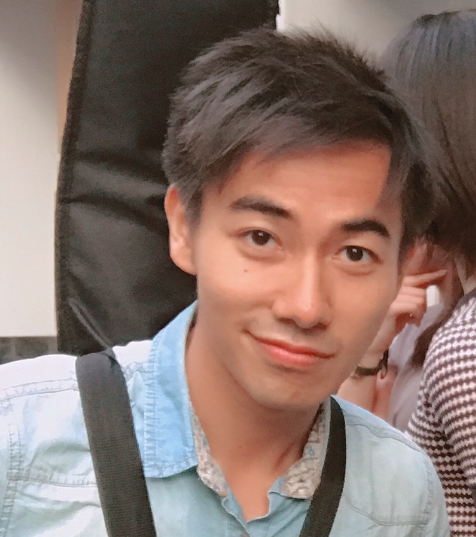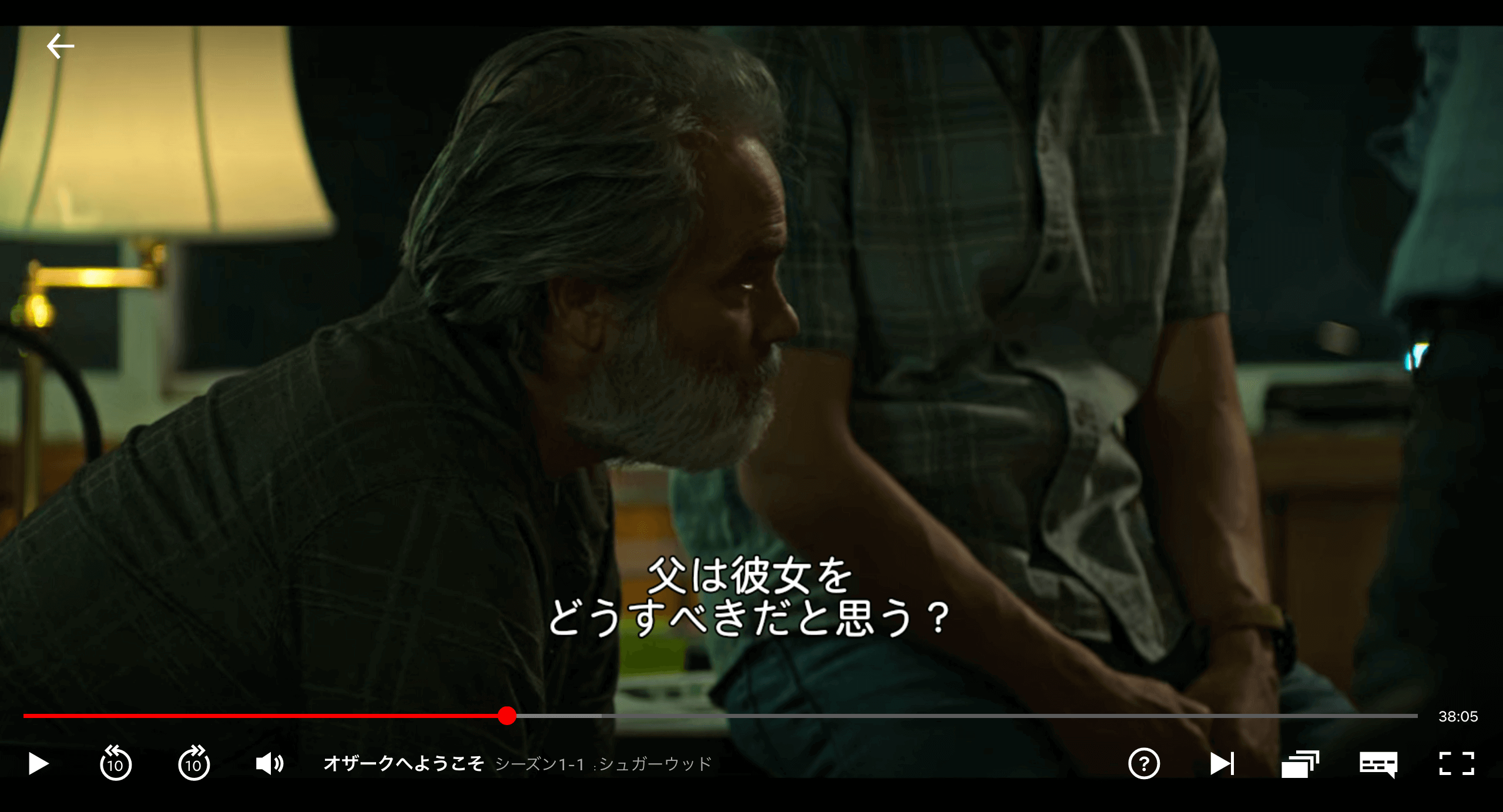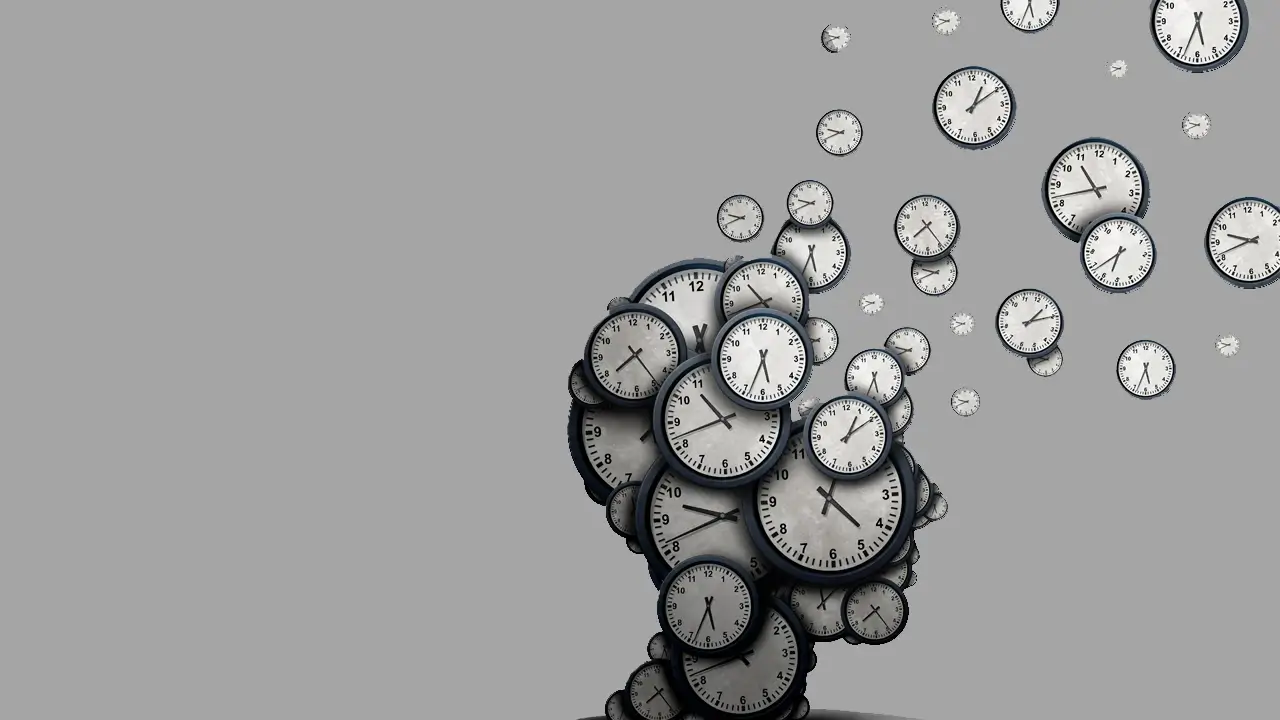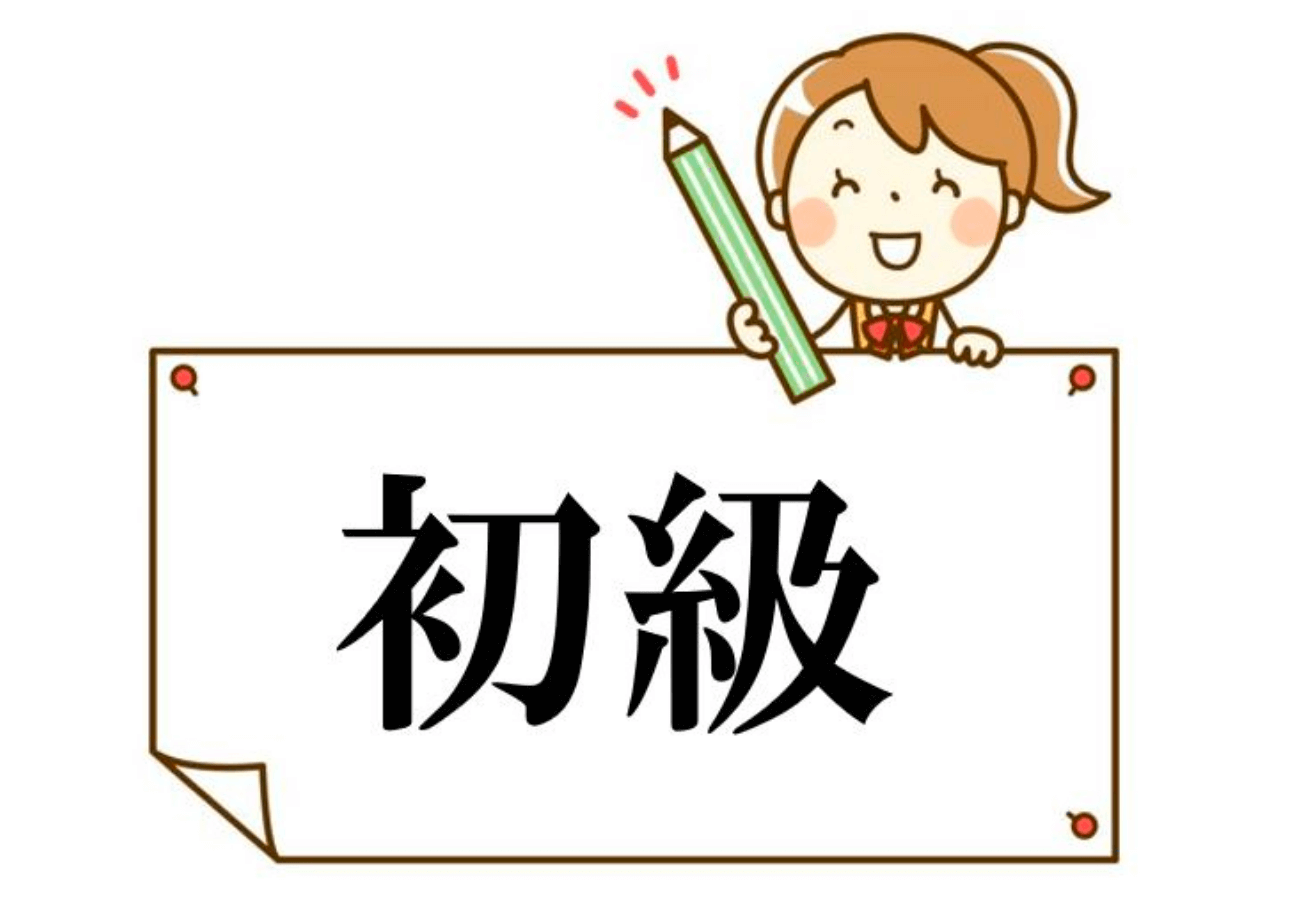
It's always easier to move a rolling snowball rather than pushing it and make it roll at the first place. This is the same when it comes to learn a foreign language. Here, I'm gonna relate my experience with learning Japanese (and maybe a little bit of my Chinese learning journey as well).
When you start out, do not look so far. No need some magical science studies apps to make your learning journey shorter. Generally in life, when someone is selling you some shortcuts to get hard things done, they are just selling you dreams.
Instead of wasting your time looking for and be picky on what resources and material to use to start with, just go to your local library and pick a book like Japanese for beginner where they teach you how to read/write Hiragana/Katakana. Alternatively, you can use something like Duolingo if you're not a book person, that's what I used to start off with learning Chinese. Why I recommend using simple books or apps like Duolingo, it's because they already lay out for you the structure of the lessons. You can have something to start with, and not endlessly digging into YouTube videos, or blog posts.

Remember, all you need to do is just to go through those simple resources. Don't waste time to find the perfect way or app to learn Japanese. You will just be in motion instead of taking actions. Being in motion is when you're doing your research (probably in English or in your native language) instead of just sitting and read or open the app to get your daily lesson done (this is actual action). Being in motion is a self-satisfied feeling because you feel like you're doing something about your learning journey. Don't get me wrong, there will be times where you have to do some researches, but for now, you don't need.
Give yourself one month or a few weeks, to go through the basics level on Duolingo Japanese, or finish the little beginner for Japanese book that you bought. Now that you know how to read Hiragana and Katakana and maybe a few kanjis, you can start to look further.
Some beginners complain that they can't understand anything in Japanese and that's okay. This is just true: look at a baby, when they start to learn a language, at first they are not able to say anything and before you realize, they are already speaking the language fluently. So when you're a beginner, it feels good to be able to learn from some travel guide, basics Japanese sentences just to get by in some situations.
But when you do that, your progression will just be slow, because you tend to focus so much on accumulating as many already made sentences that you can find from here and there and output them. If your goal is just to be able to say simple Japanese sentences when you visit Japan, that's totally fine. If you're content with being praised as 上手ですね! when you say こんにちは, it's fine... But if your ultimate goal is rather master the language in order to, for example find a job here or something in the long term, then you have to bear for a while.

When you're a beginner, you don't need to find out why certain things are used in certain ways, your job is just to expose yourself as much as you can to the Japanese language. That's what I call finding the dots, instead of trying to connecting them. Those dots will make more sense when you're in the intermediate phase and your brain does the job automatically for you. A lot of learners often asked to natives or to their teachers what's the difference between two similar words or grammar patterns. Then after being explained, they just node their head and think yeah I see, that makes sense. But a better way to understand those similarities and actually absorb them, is to see as much use cases and real situation usages for those words as possible. Have you ever been asked by people who are learning your native language to explain a concept that you understand and can use without having to think, but you won't be able to explain it to others? That's what we aim for. Knowing when it's a proper usage or not, without having to explain it. Your goal is to be able to use those concepts and words, and not to explain them to someone (unless you aspire to be a language teacher...! 😛)
So try to find as many dots as you can, and this can be in different forms: watching Netflix in Japanese with Japanese subtitle, you won't understand 90% of what's being said, but the remaining 10% that you can understand is what differentiates you from other beginners that will be stuck in the phase forever. This is because you always seek for things to learn.
I used to binge-watch and listen to everything in Japanese (songs, animes, dramas...) without understanding anything. Now that I know the mechanism of learning a foreign language, I'm actively applying those things into my Chinese learning journey.
Right after I finished my basics level on Duolingo Chinese, I just watched a bunch of Chinese TV shows with Chinese dub and Chinese subtitle. I don't understand anything (like literally) but with times, I start to understand some simple sentences and end of sentences. But most importantly, my ears get used to Chinese. Before, all Chinese sentences and words sound the same to me, but now I start to recognize differences and even words that I crammed.
In addition, this might be the most boring thing but also the most rewarding thing to do. When I start to learn Japanese, I was heavily using Anki Flashcards, to absorb the massive amount of vocabulary. Starting with learning the meaning of every single Kanji (using the famous Heisig RTK Anki deck). This was kind of a chore since those kanjis are not ordered by their usage frequency, so they can't be used immediately in the real world. I was just learning some mysterious kanjis with weird meaning, and literally just remember their meaning.

Once I'm done with the kanjis, I tackled real Japanese words, and those words are sorted by JLPT level: so simple words first and then things get complicated. This is when things start to click, when the dots start to connect. I can recognize words that I learned and even entire sentences where I understand every single word.
I wasn't focusing much on grammar (things that beginners always emphasize first, and I still don't get why...), but rather on those simple already made sentences that I heard from Japanese songs, animes and dramas. Now that they stick in my brain, that helps me absorb the grammar points instead of having to learn them raw from a textbook.
When you start out, it's more important to just collect information instead of being picky about where you collect this information from. A recurrent beginner mistake is to think that there is a clean way to learn a language, ie. everything has to be contained within some kind of structure, starting from point A to point B.
Of course it feels good to finish a chapter in a textbook, and sometime it might be a little bit scary to be thrown to the face a ton of new words that you don't know the meaning, nor clearly hear the pronunciation, but this is the real world.
Our brain can do a lot of magic over time, it just dwells down to: absorb and being as exposed as you can to Japanese, and learn new things consistently.

We, as an adult, learn languages differently than kids. We don't have the luxury to haves parents explaining us every single notion we encounter daily, nor being exposed 24/7 to the language. But what we can do, as an adult, is to leverage technologies to boost our learning journey by using software like Anki. Also, to compensate the lack of exposure, we can get ourselves used to the language as much as we can by for example, watching videos on YouTube with the learning language subtitle, or watching TV shows on Netflix in that language.
Again, what differentiates someone stuck at the beginner Japanese level and someone else that quickly jumps to the intermediate Japanese level is a matter of exposure to the language and keep doing that consistently.
Some concerns from people that don't want to challenge themselves to a harder Japanese right from the beginning, meaning real-world situation instead of guided classrooms or textbooks/apps, is that they want to be able to make simple sentences as soon as possible.
It's a great feeling to express something that we learn, and get understood by natives. But you see, for example in Japan, when you start to say some simple words, people praise you with polite 上手ですね!. But that's all, it's just a form of politeness (even kind of over reacted sometime or just fake praise). Once you become an intermediate speaker - a weird phase to be at (maybe not only for Japanese) -, it's where people start to have expectations on you (your colleagues, friends). They start to really speak at their natural speed, without taking into account that you're still learning. They expect you to understand what they said, and at this phase, praises start to stop. And once you get into the advanced phase, where you can almost express and understand 90% of what is being said, then you start again to hear some real and genuine praises, or just nothing at all.

That's why at the beginning phase, you better focus on diversifying your resources and collecting information from different sources. Personally, as a challenge, I sometime go to sit in a coffee shop and trying to find out how much I can understand from one minute of conversation from the next table with a group of people. In this kind of environment you get to face every real-world situation: natural native speaking speed, background noise, the distance between your ears and where the words come from, group discussion mixing different contexts etc...
If you practice in this hard mode, you'll be able to really improve your Japanese quicker, but most of all, deeper. This addresses the beginner eternal issue: I can just understand and say basic stuff. It's like learning to drive a car within the school perimeter forever without going outside to the real world roads 😬
This is so true when you start to click. For me, it was after finishing cramming Anki Heisig RTK and all the JLPT decks. I was living and learning by myself in my bubble, without real practical output. But the massive input far out-weighted the lack of real output.
Once I remember all the most used Japanese kanjis (常用漢字) and memorize the meaning and reading of 8000+ words from the JLPT decks, ramping up to harder grammar points is much easier. The fact is, to some point, it's easier to understand Japanese in Japanese rather than having it explained in English. There will always be some information lost in the translation process (hum 🤔). And when you already know the meaning of words that are used in those explanations, you already understand half of what's gonna be written in the explanation.

As an analogy, it's like when you're trying to write code using a code editor without knowing all the useful features that your editor can offer, or the most used keyboard shortcuts. For every lines of code you write, you waste your time looking up for some shortcuts or manipulate the code lines using the mouse (which is way slower than using the keyboard).
To be able to improve quickly when learning a foreign language, you have to somehow optimize your learning. You have to focus on the long-term goals rather than the little progress you make because that might end up keeping you at the same level for a long time.
Doing boring and not sexy things like cramming vocabularies all day long might not bring you satisfaction immediately, but it will pay you dividends in the long run!
However, if you still want to output and put your Japanese into use with real natives, you can use SewaYou. Built in Tokyo, it's a good way to connect to Japanese language exchange partners who are interested in learning English, French or other languages!
